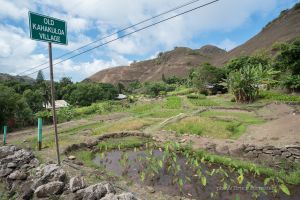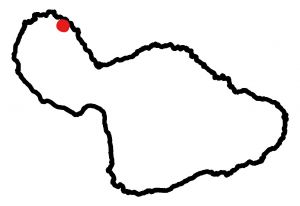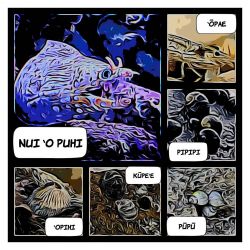Moʻolelo Monday
On the first Monday of the month a traditional or modern moʻolelo depicting the culture, values, language or traditions of Hawaiʻi, will be shared through a virtual platform. These mo‘olelo promote literacy within the classroom and home, and encourage ʻohana to read and learn together. Moʻolelo are shared by staff and guest storytellers.
MOʻOKALALEO
In the 1820’s, Kauikeaouli, Kamehameha III was the catalyst for the rise of literacy in Hawaiʻi. He stated, “ ʻO Koʻu Aupuni, he Aupuni palapala koʻu. My kingdom shall be a kingdom of literacy”. Within our moʻokalaleo, we share a literacy component that extends our moʻolelo journey.
Hanohano Kahakuloa
Student Reader

Let your breath out slowly and breathe in ancient Hawaiʻi. Listen for the ancestors, feel the soft air, imagine who came before. Breathe silently, wait for the moʻolelo to reveal its story. Can you see life in the old days, the people working, playing? Can you imagine what the ahupuaʻa looked like? Can you see the loʻi kalo growing everywhere?
Legend has it that Hina, the goddess of the moon, gave birth to her son Maui (this island). It was a difficult birth and Puʻu Koaʻe is the afterbirth of that hard birthing. Do you see Kahekili, the moʻi of Maui, diving off Puʻu Koa‘e wearing his feather cape, arms outstretched, gliding toward the water 200 feet below? Can you imagine the puhi (eel) kidnapping the little sister of a young boy and taking her to his cave located underwater below Puʻu Koaʻe, causing the brother to frantically beg each sea creature to help him rescue her? Only one sea creature was brave enough to help. Some of those sea creatures even go upstream in Kahakuloa River.

(Puʻu Koaʻe moʻolelo as told to George Kahumoku by his mentor Aunty Irmgard Farden Aluli.)
Lelekamanu Program








